As a pulmonologist, Dr. Gary Gibbon never expected to be diagnosed with lung disease himself, much less be in need of a new set of lungs.
“I had no previous medical history of any significance. I was on no medication at all on a regular basis,” Gibbon, of Santa Monica, California, told NBC News.
When he developed a cough and then lost weight, Gibbon got a chest X-ray and CT scan of his lungs. The results were shocking. In spring 2023, Gibbon, who recently turned 69, was told he had advanced stage lung cancer.
Lung cancer is the leading cause of cancer deaths in the U.S. by a long shot, accounting for about 1 in 5 cancer deaths every year, according to the American Cancer Society.
After months of aggressive treatment with chemotherapy, radiation and immunotherapy Gibbon’s cancer shrunk, but his lungs were sustaining irreversible damage. His doctors determined that Gibbon had exhausted his treatment options.
“I would have to throw in the towel,” Gibbon said. “I would have been on palliative hospice care from July 2023.”
That’s when he remembered a news story he’d seen, one he thought could save his life.
Last year, NBC News reported on a groundbreaking treatment for late-stage lung cancer patients: the first-ever double lung transplants, which were successfully performed on two patients.
When the story aired, Gibbon’s wife, Nola Roller, pulled her husband into their living room to watch it. He had already been diagnosed with lung cancer, but “it didn’t even register with me that this is something we were going to need,” Roller said.
According to conventional treatment, the fact that Gibbon had late-stage lung cancer disqualified him from being a transplant candidate. But in the NBC News story, doctors at Northwestern Medicine in Chicago were doing precisely that.
Lung transplants for cancer patients have historically been reserved for people with earlier stages of cancer and involved replacing one lung at a time. The technique is risky. Cancer can spread from the remaining lung, contaminating the new one, and surgical incisions can allow cancer cells to leak into the bloodstream.
Northwestern Medicine’s DREAM Program pioneered a novel approach that had been successfully performed on two stage 4 lung cancer patients. By taking both cancerous lungs out of the body at the same time and replacing them with two healthy, transplanted lungs, the surgical team significantly reduces the risk of cancer cells contaminating both the new organs and other parts of the body. The team has successfully completed more than 30 lung transplants for advanced lung cancer since 2021.
Gibbons asked his doctors in California to reach out to the Northwestern team to pitch him as their next candidate. His cancer had not spread outside of his lungs, which would have disqualified him from the surgery. But initial tests revealed another complication: Gary’s liver had started failing as a result of his cancer treatments.
He was now in need of a triple transplant — two lungs and a liver.
That procedure in a cancer patient “hadn’t been done in this country,” said Dr. Ankit Bharat, director of the Northwestern Medicine Canning Thoracic Institute.
Lifesaving logistics
The team had to quickly make a decision on whether it would try the procedure. Gibbon was already in UCLA’s intensive care unit with both his liver and lungs failing. He was malnourished and on oxygen. Figuring out how to safely transport him from Los Angeles to Chicago was just the beginning.
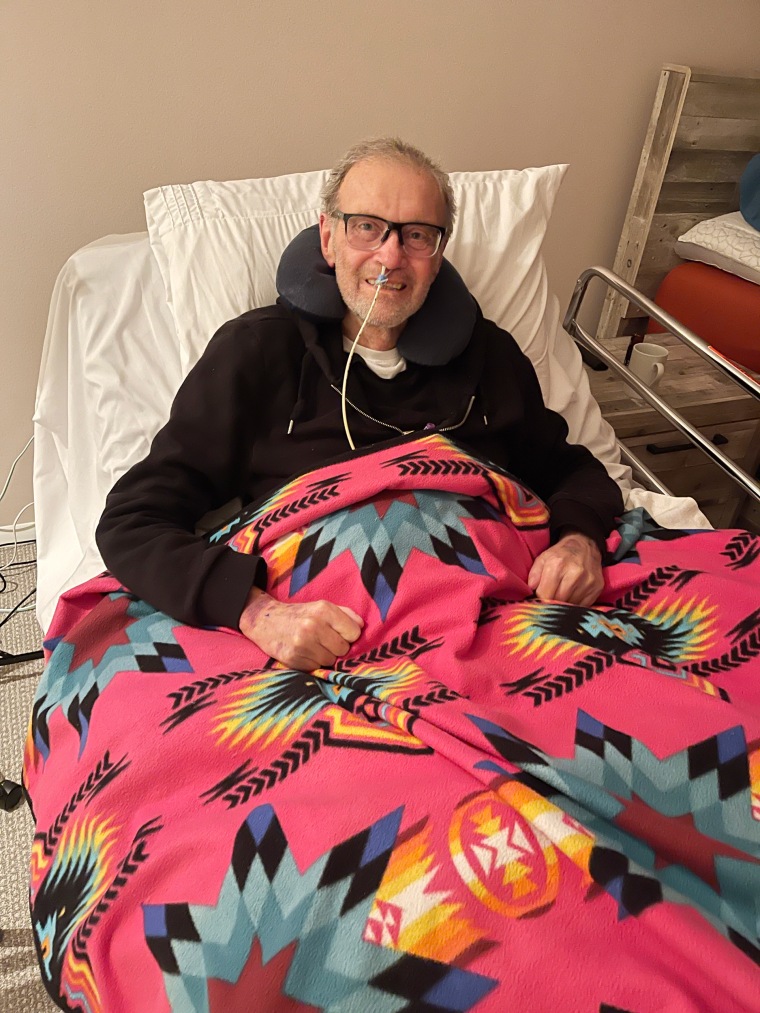
“Then [we had] to determine his eligibility for something that had never been done, and then get a consensus of the team and determine all the steps that we’re going to have to take to get him through a complex double lung and a liver transplant,” Bharat said.
The team had the technology and skills to pull off the procedure — it just wasn’t exactly sure how. Bharat’s colleague, Dr. Satish Nadig, director of the Comprehensive Transplant Center and chief of organ transplantation at the Northwestern University Feinberg School of Medicine, remembers the phone call he got from Bharat last summer telling him about Gibbon’s case.
“The first thing I thought was, ‘How do we get this done?’” Nadig said. “This patient needed it, and we were the only place in the world that could do it.”
A month after an initial video call with the doctors at Northwestern, Gibbon was in Chicago. Four days after his arrival, a set of lungs and a liver became available.
The procedure was incredibly complex.
“On a scale of 1 to 10, it’s off the charts,” said Nadig, noting that lung and liver transplants are two of the most difficult transplants to do on their own, much less combined.
A new technology called liver perfusion, sometimes referred to as “liver in a box,” kept the donated liver alive while surgeons carefully removed Gibbon’s cancerous lungs and replaced them with the transplants. The perfusion machine sat in the operating room, pumping body-temperature blood through the new liver to keep it alive and functioning as it would inside the body, until Gibbon’s body was ready for it.
Incredibly, a surgery that would normally take a minimum of 14 hours took the team just 10.
Six months after the surgery, Gibbon is cancer-free.
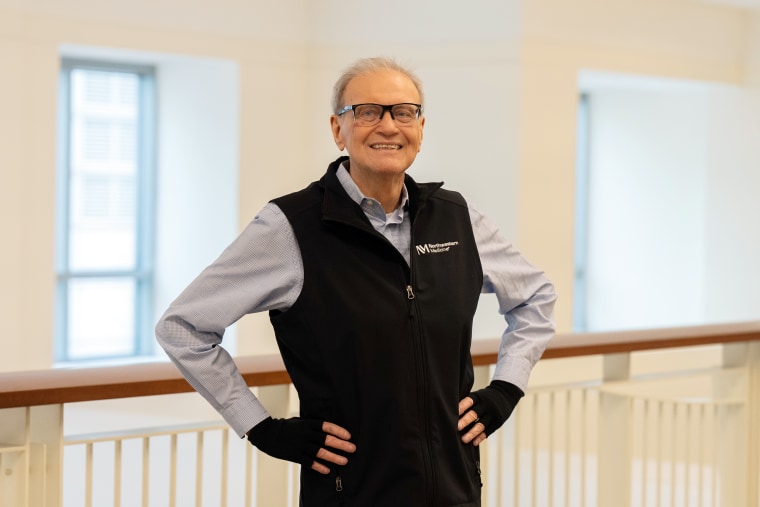
Roller remembers the moment she first saw her husband’s chest moving up and down as the new lungs inflated, something she hadn’t seen in months and described as “the most beautiful moment for me.”
Bharat said the biggest lesson the more than 20-person care team learned through Gibbon’s transplant is that a good team can alter the definition of what is or is not possible. He believes more transplant centers will soon be performing more complex surgeries like these.
“We have already had other centers reach out to us asking if they could participate in this program,” Bharat said. “Often what’s possible is a function of the team and the experience.”
He encourages patients to do some homework if they’ve been told they are out of options. Nadig said he’s amazed by the role the media had in connecting Gibbon with the DREAM program.
Asked what would have happened if she and her husband had not seen the NBC News report, Roller answered immediately. “He would be dead.”


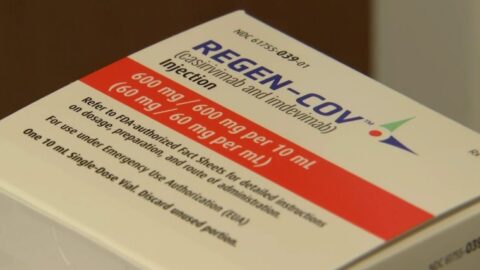
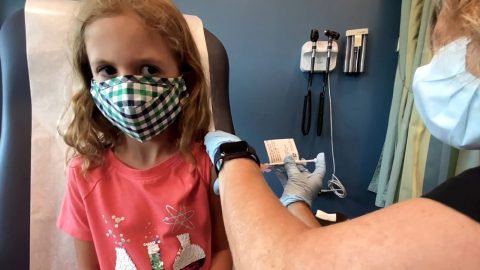
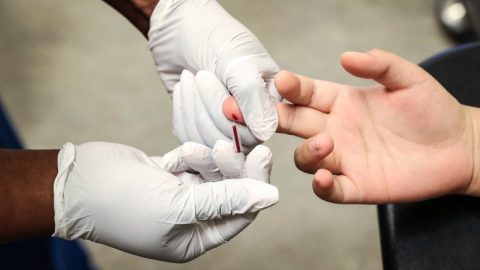



Recent Comments